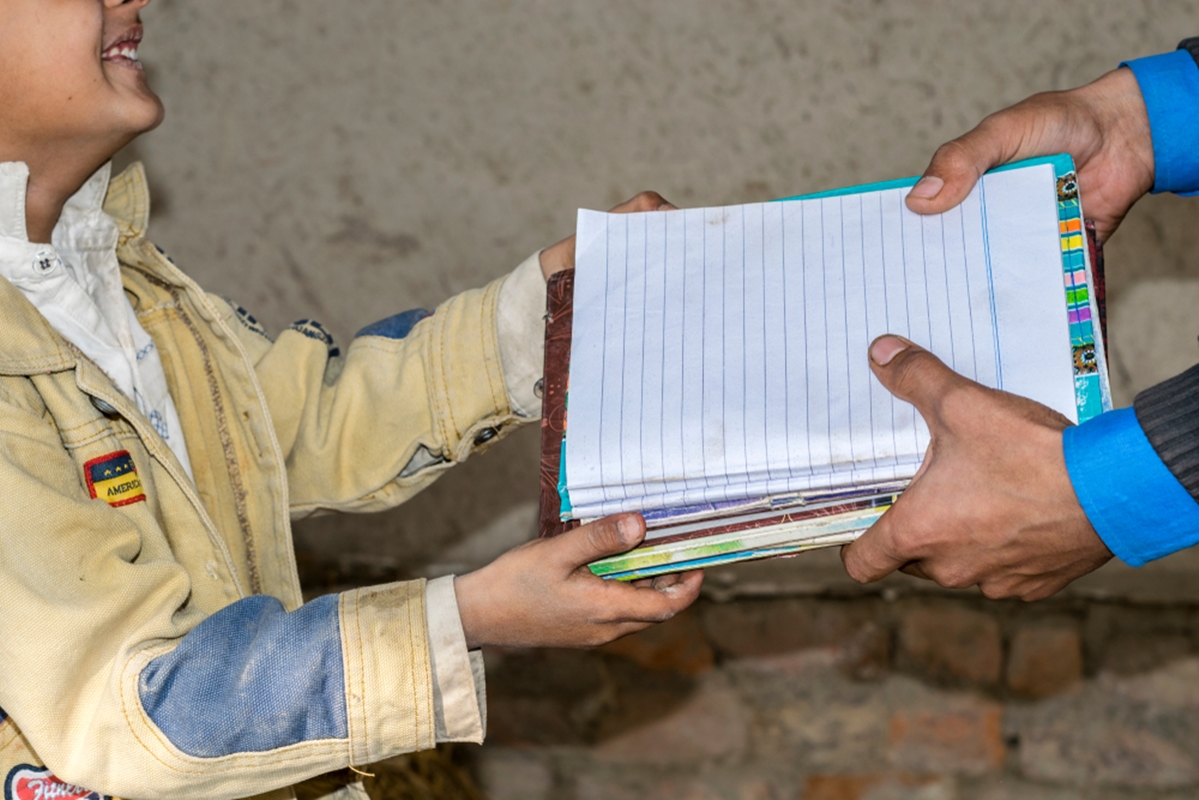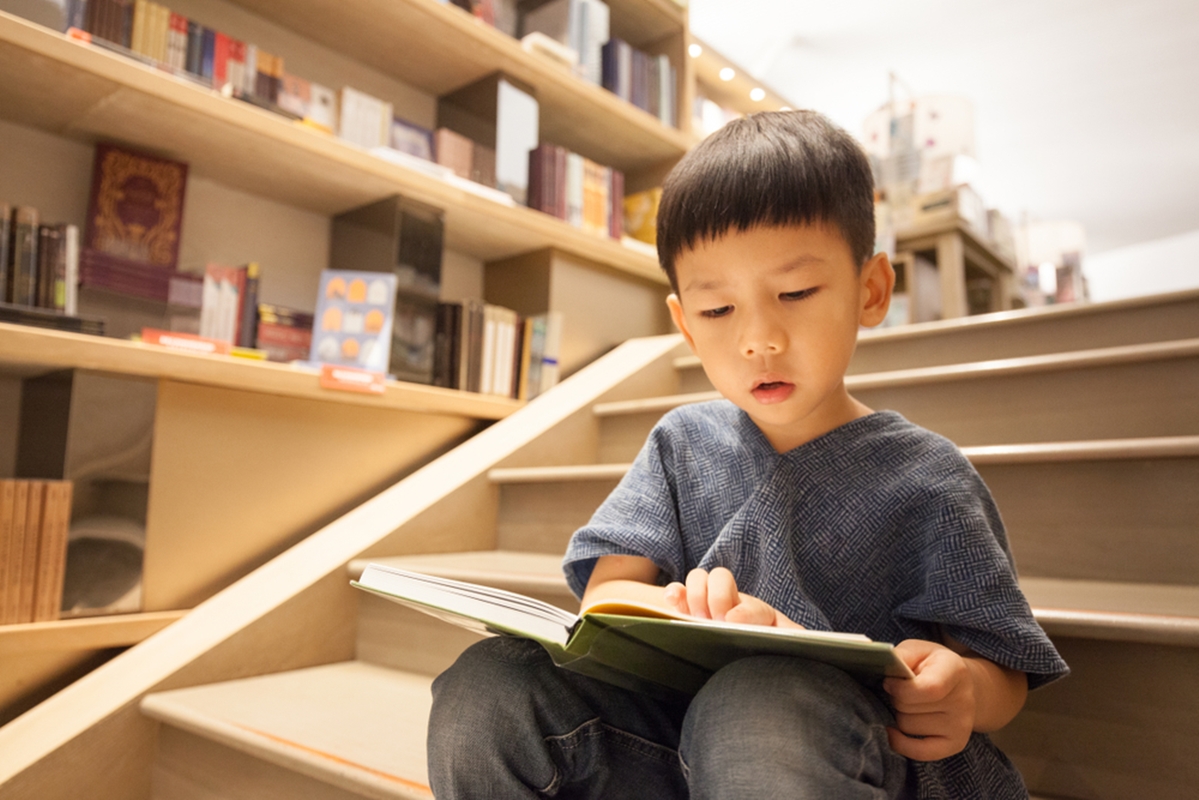
Written by: Early Childhood Education Specialist, Teacher Chan-Chen Shu-an
According to Dr. David Levy’s research, children who finish a bottle of milk within 10 minutes (possibly because the bottle’s nipple hole is larger) are more likely to exhibit finger-sucking behavior than those who finish the entire bottle in 20 minutes. Dr. Levy also conducted an experiment feeding puppies with a dropper, preventing them from sucking while feeding. The result was that they resorted to sucking their own or other puppies’ skin, some so vigorously that the skin peeled off. From this, we can understand that the behavior of infants sucking their fingers in the first few months is due to the lack of satisfaction from sucking, it is a need, not innate, and not a bad behavior.
Breastfeeding Fosters Parent-Child Bond
When a mother can breastfeed her baby, the baby is the happiest. This is because the baby not only receives proper nutrition and warmth and security from being in contact with the mother’s skin but also enjoys the soft nipple while sucking, which provides not only sustenance but also a profound love and emotional connection between mother and child. This deep love and family bond cannot be compared to feeding from a cold bottle, especially considering the supreme satisfaction the baby gets from sucking.

However, most mothers work outside the home due to various reasons, and sometimes have to feed their children with a bottle. In such cases, special attention should be paid to the frequency and duration of feeding. Mothers should calmly allow their children to eat slowly, paying particular attention to the size of the bottle nipple hole. Only when the child is satisfied with sucking will they be less likely to develop the habit of finger-sucking. When an infant starts to enjoy sucking their fingers, it is an unconscious behavior. Their little finger moves around and unintentionally goes into their mouth, bringing them pleasure and satisfaction, leading to sucking.
Releasing Psychological Tension
However, if a child continues to suck their fingers at the age of 4 or 5, it takes on a different meaning. This may be a way of releasing psychological tension. For example, due to parental conflict, the child feels anxious; or because of a new sibling, they fear losing their parents’ love; or because the parents are too busy to care for them, they feel lonely and lack the warmth of a family; or because the child is sent to kindergarten too early and lacks a sense of security due to inadequate care. These factors can lead to anxiety, unease, tension, and fear in children, all of which are causes of psychological tension.
Like adults, children need to release psychological tension when they are anxious. This is a natural phenomenon. Adults often smoke to relax and relieve psychological tension. Children may suck their fingers or rock back and forth to release emotional tension. In this situation, parents should not only improve their attitude towards their children but also be extra patient. They should maintain a calm and gentle attitude to help the child relax and feel no pressure. On the contrary, if parents show worry, and nervousness, or are eager to correct and blame, or if they tie the child’s fingers or apply bitter medicine, it will only backfire, increase the child’s unease, and create a vicious cycle. This will prolong the habit of finger-sucking, as the child wants to quit but cannot control themselves.

Preventive and Corrective Methods
- Whenever possible, breastfeed, as it is the most natural and suitable feeding method for infants, and it reduces the chance of developing a finger-sucking habit.
- When using a bottle, parents should pay special attention to the feeding time, aiming for 15 to 20 minutes, which is ideal.
- Engage the child in activities with toys and dolls to redirect the finger-sucking habit.
- Spend more time with the child, playing, telling stories, and singing songs together to prevent the child from feeling lonely or bored, which can lead to finger-sucking.
- When a child sucks their fingers vigorously, parents should remain patient and calm. Sometimes, ignoring the behavior can lead to its natural disappearance.
- If a child has had a finger-sucking habit for several years before the age of 6, it will naturally diminish over time, especially if the child only sucks their fingers when sleeping. Parents should patiently wait, as hasty correction is ineffective. Particularly after starting kindergarten, the habit may disappear naturally due to the child’s reluctance to suck their fingers in front of peers or being occupied with other activities at school.
- Fingers sucked on will have an unpleasant odor. If a 5 to 6-year-old child still has this habit, letting them smell the unpleasant odor may help correct the behavior

























